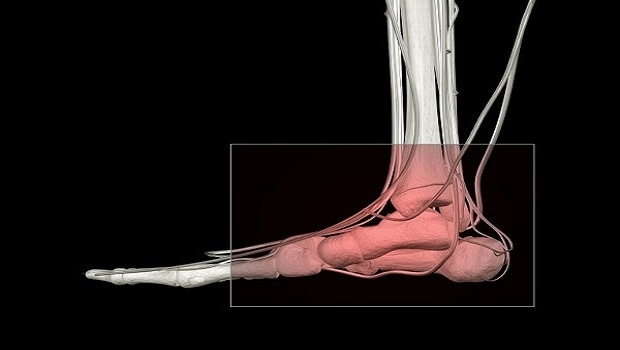Dr. C. Leigh Broadhurst starts April’s topic, joint health, with an ode to phytosterols.
April 3, 2015

Nuts and avocados have never been implicated in degenerative diseases and are associated with better than average health. In about two-dozen clinical studies, humans eating diets containing 40 to over 100 g per day of avocado, pecans, pistachios, walnuts, almonds, hazelnuts, or macadamia nuts (usually replacing calories not adding) lowered their serum triglycerides and LDL/total cholesterol.
Some participants also reported less joint pain, which led to the development of avocado soy unsaponifiables (ASU) as a supplement to combat osteoarthritis. ASU is a marketing mouthful, so let me explain its significance for joint health in more familiar way.
The “saponifiable” components of oils are the triglycerides, which literally can be used to make soap. Triglycerides also provide the calories and cooking characteristics. The “unsaponifiables” are the remaining 1 to 5 percent, consisting mainly of phytosterols, but also including waxes, fatty alcohols, tocopherols, carotenoids, and furan fatty acids depending on the specific oil seed. Oil refiners consider most unsaponifiables a nuisance waste material.
Nuts and seeds are the richest sources of phytosterols (plant sterols) in Western diets. Phytosterols belong to the cyclic terpenoid (steroid) class of chemicals. Steroids have a basic carbon skeleton of three six-membered rings and one five-membered ring all linked together, and tend to be waxy, soapy, or greasy. Therefore, they are more soluble in oil than water. Some phytosterols have structures similar to animal steroid hormones, thus they can weakly mimic or regulate the mammalian human hormone/hormone precursors they resemble.
The best-known sterol is cholesterol, hence the lipid lowering effects of “nutty” diets. Many phytosterols are antinflammatory, mimicking the corticosteroid drugs that may be injected into arthritic joints.
Many cold pressed, unrefined vegetable oils are also excellent sources of phytosterols (see table), which contribute greatly to their unique tastes, textures, and aromas. Refining oil removes 20 to 60 percent of phytosterols; hydrogenation removes a further 20 to 40 percent. Crude (fully unrefined) rice bran and pine oils are so rich in phytosterols they could be marketed as functional foods, but unfortunately they aren’t suitable for human consumption. Encapsulated extracts of rice bran and pine oil are sold instead, which are similar products to ASU. Phytosterols in pumpkin seed, flaxseed, pygeum, bee pollen and saw palmetto render these familiar herbs effective at relieving prostate, joint, and bowel inflammation.
The end of the last century saw the rise of fat-free, high-carb foods that only increased obesity and inflammatory conditions. Our joints evolved on a diet without grains and sugar, but with relatively high amounts of phytosterols. ASU is just one of many approaches to put these valuable and possibly essential phytonutrients back into our diets. But in doing so I would get rid of the “unsaponifiable” name. It is bulky, misleading, and overly technical.
Besides, the acronym is already claimed by Arizona State.
Phytosterols in Common Plant Oils
Values are mg total sterol per 100 g unrefined oil except where designated. Data are from Spiller (1996).
Almond: 266
Avocado: 404
Corn: 1,390
Corn, refined: 952
Flaxseed: 412
Flaxseed refined 338
Hazelnut: 120
Olive: 232
Olive, refined: 176
Peanut: 337
Peanut, refined: 206
Pumpkin seed: 523
Rice bran: 3,225
Rice bran, refined: 1,055
Sunflower: 725
Soybean: 327
Soybean, refined and hydrogenated: 132
Walnut: 176
Wheat germ: 1,970
Wheat germ, refined: 553
About the Author(s)
You May Also Like




.png?width=800&auto=webp&quality=80&disable=upscale)